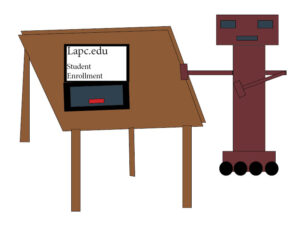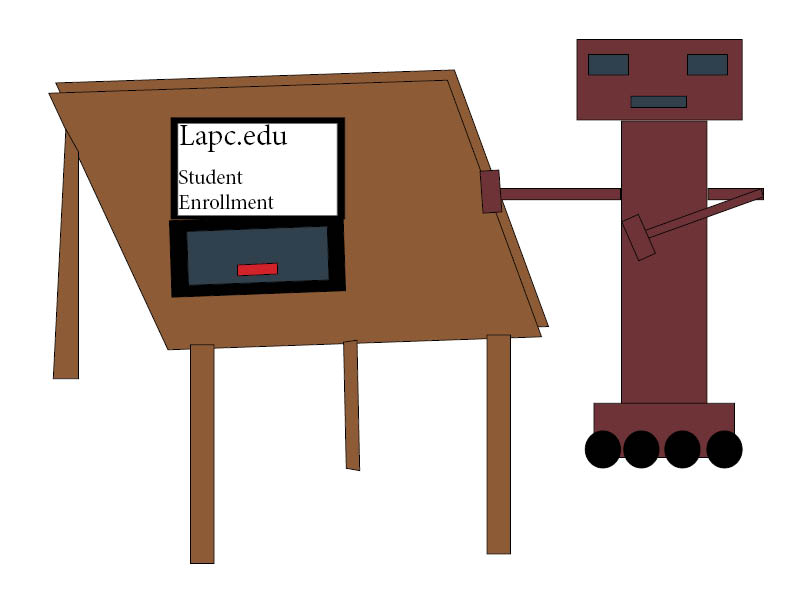
For most, bots are the annoying little misunderstood monsters responsible for forcing human beings to prove, with varying degrees and limited levels of success, they are human.
But few probably know they are increasingly being used to register for classes on community college campuses. It is a national issue exacerbated by the necessity for asynchronous learning and online classes.
In 2021, Patrick Perry, then director of policy, research and data with The California Student Aid Commission, alerted the community college system that bots had filled 65,000 fake applications in 105 in-person colleges. All the applicants fit a specific demographic–first time students older than 30 earning less than $40,000 a year seeking a two-year degree.
“We were kind of scratching our heads going, ‘Did or didn’t 60,000 extra older adult students really attempt to apply to community colleges here in the last few months,’” Perry told reporters for the LA Times back then.
But Pierce College Vice President for Student Services Jason Cifra began noticing something was not quite right as far back as 2019.
“I was working at the district office in Peralta where we’d get students who applied but would then never register,” Cifra said. “And in the follow-up we were looking at like ‘oh, this person says they’re in California but the IP address for application was in Russia or China.’”
This semester, admissions are up, but the problem remains. The bots, it seems, have only gotten more sophisticated. They are not only now successfully registering for classes, they have apparently been able to breach protective fire walls of classroom chat sessions.
“We had an instance where a bot got into one of the chat rooms and was actually posting links to porn,” said Distance Education Coordinator Wendy Bass.
Media Arts Department Chair Jill Connelly, whose class was disrupted by a bot sharing porn, said that students are struggling to enroll in the classes they need because space is taken up by the bots.
“It used to be that you could tell who the bots were because they didn’t do assignments,” Connelly said. “Now the bots are actually doing assignments.”
A solution suggested was to drop students who don’t show up or are in some way active in the first week of any given semester, regardless of reason.
“We’re also looking into catching it on a state level before it ever even gets to us,” Cifra said.




